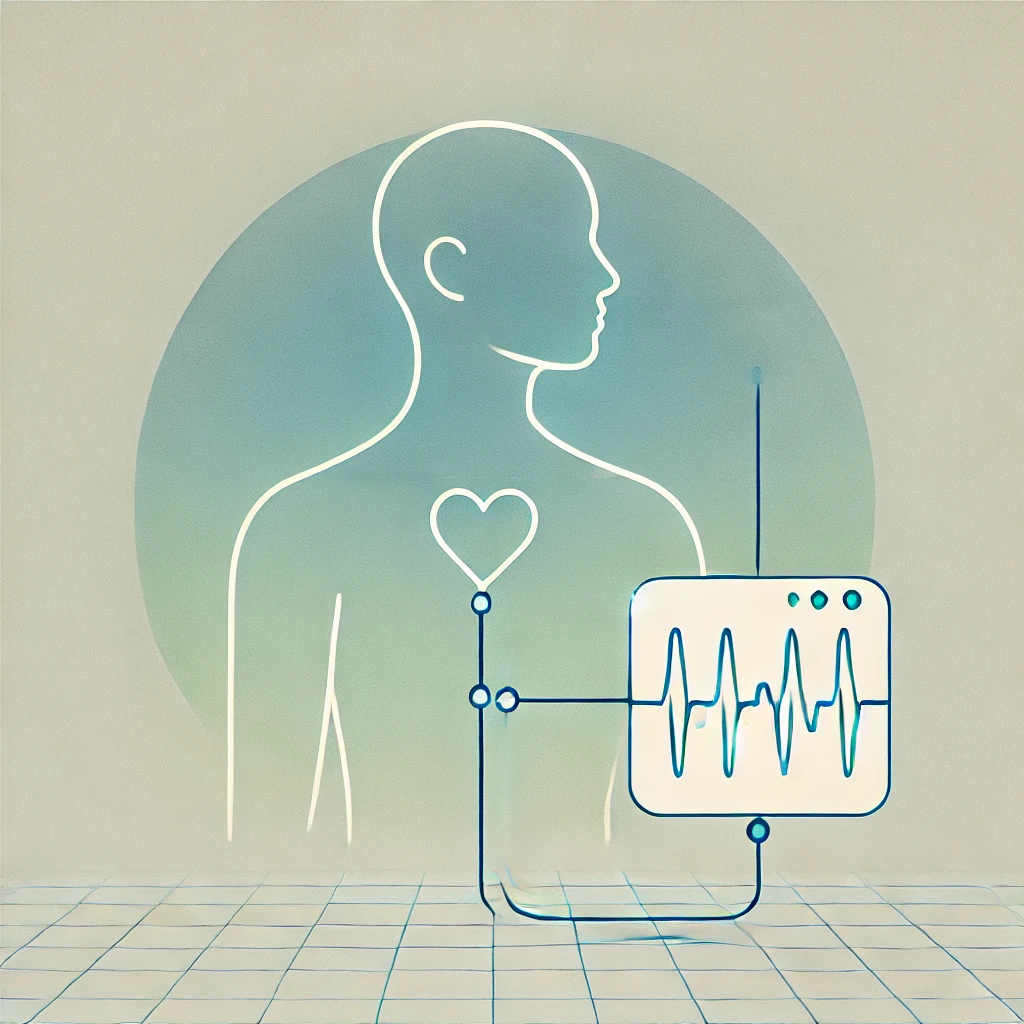Biofeedback and PNS Health
Imagine if you could train your body to relax and heal just by watching your own physiological data in real-time. Biofeedback makes this possible by turning the invisible processes of your body into something you can see and control.
Biofeedback is a powerful tool that uses technology to monitor and provide real-time feedback on physiological functions, allowing individuals to gain control over processes like heart rate, muscle tension, and skin temperature. This practice is particularly beneficial for enhancing the parasympathetic nervous system (PNS), which plays a key role in relaxation and stress recovery.
As stress-related conditions continue to rise, biofeedback offers a scientifically-backed method to improve health and well-being by harnessing the power of the PNS. With its growing accessibility, biofeedback is becoming an integral part of both clinical treatment and personal wellness routines.
In this post, you’ll learn how biofeedback technology works, how it enhances PNS function, and how you can integrate it into your daily routine to manage stress and improve overall health.
Introduction to Biofeedback Technology
Biofeedback is a technique that uses electronic monitoring devices to measure physiological functions like heart rate, muscle tension, and skin temperature. These devices provide real-time data to the user, helping them learn how to control these functions.
- How Biofeedback Works: Biofeedback devices use sensors attached to the body to monitor physiological functions. This data is then displayed on a screen in real-time, allowing users to observe and learn to control their bodily responses. For example, a person might see their heart rate displayed on a monitor and use breathing techniques to lower it.
- Types of Biofeedback: There are several types of biofeedback, each targeting different physiological functions:
- Heart Rate Variability (HRV) Biofeedback: Focuses on improving heart rate variability, a key indicator of PNS health.
- Electromyography (EMG) Biofeedback: Measures muscle tension and is often used for pain management and muscle rehabilitation.
- Thermal Biofeedback: Monitors skin temperature, which can indicate stress levels.
- Applications of Biofeedback: Biofeedback is used to manage a variety of health conditions, including anxiety, stress, chronic pain, and hypertension. Numerous studies have shown its effectiveness in reducing stress and improving PNS function.
How Biofeedback Enhances PNS Function
Biofeedback directly impacts the PNS by promoting relaxation, reducing stress, and improving overall health. It helps individuals become more aware of their physiological responses and learn to control them, which strengthens the PNS.
- Stress Reduction: Biofeedback helps individuals recognize stress triggers and teaches them how to reduce stress by controlling their physiological responses. Regular biofeedback training has been shown to lower cortisol levels, reduce blood pressure, and improve emotional regulation, all of which support PNS health.
- Heart Rate Variability (HRV) Improvement: HRV biofeedback is particularly effective for enhancing PNS function. It trains individuals to achieve a balanced autonomic nervous system by increasing vagal tone, leading to stronger PNS activity and better stress resilience.
- Enhanced Relaxation and Recovery: Regular biofeedback practice promotes deep relaxation, which activates the PNS and supports recovery and healing. When used alongside relaxation techniques like deep breathing or progressive muscle relaxation, biofeedback enhances their effectiveness.
Practical Applications of Biofeedback for PNS Health
Biofeedback can be easily integrated into daily routines to enhance PNS function and overall health. Here are practical tips to get started:
- Choosing the Right Biofeedback Device: Select a biofeedback device that suits your needs, whether it’s a wearable for HRV monitoring or a more comprehensive system for home use.
- Integrating Biofeedback into Daily Life: Incorporate short biofeedback sessions into your routine. For instance, practicing HRV biofeedback for 10 minutes each morning can set a calm tone for the day.
- Combining Biofeedback with Other Techniques: Use biofeedback in combination with other relaxation practices, such as yoga, meditation, or mindfulness, to maximize PNS activation and stress reduction.
- Tracking Progress: Track your biofeedback data over time to see improvements in your PNS function and overall health. This will provide motivation to continue practicing.


Leave a Reply